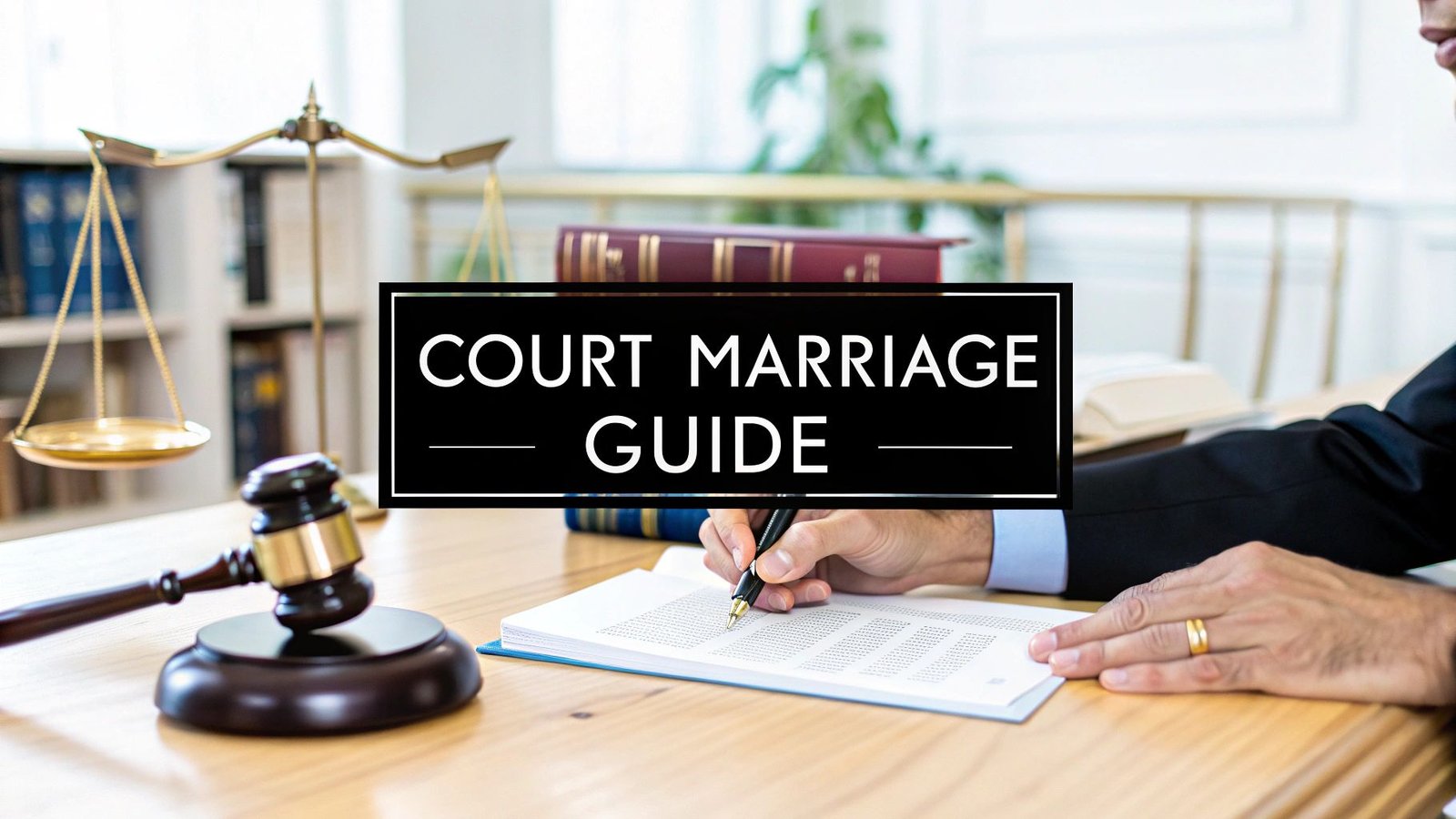Overview of the Hindu Marriage Act and its Limitations
Marriage is considered a sacrament in the Hindu religion. A person pulls an unbearable marital bond only because of the societal pressure for which he has no legal solution to break down. The modus to dissolve a Hindu marriage is mentioned under section 13 (A) of the Hindu Marriage Act, 1955.
The latter does not contain an irretrievable breakdown of marriage as a ground to bring that marriage to an end. This societal stigma and legal inability impact the life of an individual dealing with an unproductive married life. The apex court of India debated about utilizing its authority to overcome this lacuna.
Section 13, Hindu Marriage Act, 1955
Section 13(1)(i-a) states, Any marriage solemnized, whether before or after the commencement of this Act, may, on a petition presented by either the husband or the wife, be dissolved by a decree of divorce on the ground that the other party has, after the solemnization of the marriage, treated the petitioner with cruelty.
Understanding Article 142 and it’s Objective
The article encircles the concept of Judicial Activism.
It states:
The Supreme Court in the exercise of its jurisdiction may pass such decree or make such order as is necessary for doing complete justice in any cause or matter pending before it, and any decree so passed or orders so made shall be enforceable throughout the territory of India in such manner as may be prescribed by or under any law made by Parliament and, until provision in that behalf is so made, in such manner as the President may by order prescribe.
When the court reaches a view that there is a requirement to repair a marital relationship it asks the party to undergo mediation. But, even after the procedure of mediation if the partners do not agree to repair the bond court finds it detrimental to last. The Supreme Court, through judicial activism under Article 142 can nullify the failure of the marriage by breaking it down.
Legal Background and Supreme Court Decisions
In the case of Hitesh Bhatnagar v. Deepa Bhatnagar ((Hitesh Bhatnagar v. Deepa Bhatnagar, (2011) 5 SCC 234)), the court stated that it can utilize its power under article 142 to break down the marriage if there remains no chance to save that nuptial bond. And all efforts have been made to save it from shrinking and there is no doubt remaining that it can be saved.
In the case of Reetha Das v. Himashu Sethi (2017), the court opined that judicial activism can be used if the marriage has turned irreparable. Additionally, in the case of Munshi Kakkar v. Nidhi Kakkar, it was held that this weapon cannot be used on a routine basis but only in the rarest case.
Sivasankaran v. Sathimeenal – Use of Article 142 to Grant Divorce ((Sivasankaran v. Sathimeenal, Civil Appeal No. 4984-4985 of 2021))
In this case, it was heard by the bench of Justices Sanjay Kishan Kaul and Hrishikesh Roy that the SC has power under Article 142 to grant the divorce because of the irretrievable breakdown of the marriage. The court observed that marriage sometimes is only carried on to avoid societal judgments. If a person is living in a bond that he failed to repair impacts his mental stability and leads to mental cruelty.
In this case, the couple got separated soon after the solemnisation of marriage and did not cohabit even for a day. This led to non-performance of conjugal duties even for a day. In such matters, the court of law interferes and provides a solution to the parties.
Article 142 gives wide powers to the court that are discretionary in nature. The Supreme Court is free to interpret the matter that it founds fit for utilizing its power under 142. The power was incorporated into the Constitution to ensure complete justice. An unproductive marriage requires the interference of the court of law to decide the matter and entrust a solution.
Contradiction and Conclusion
Contradiction
In a matter heard before the apex court, the bench of Justice Sanjay Kishan Kaul and Abhay S Oka stated that the power conferred under Article 142 cannot be used if one party is in favour that marriage must subsist. The decision must be left at the discretion of the parties to resolve their dispute as if there remains room for rebounding.
Conclusion
The Supreme Court of India has the power to resolve a matter by using its authority given by the Constitution of India. The right is used when each branch of resolution fails to bring the matter near any solution. The question of whether an irretrievable breakdown of marriage is possible by accessing Article 142 is under consideration with a 5 judges’ bench of the Supreme Court. Nevertheless, the same has been presented several times before the court and the court used it in the rarest case scenarios.
Author – Khushi Shukla, a student of Indore Institute of Law.
Disclaimer: The opinions expressed within this article are the personal opinions of the author. The facts and opinions appearing in the article do not reflect the views of Adjuva Legal and Adjuva Legal does not assume any responsibility or liability for the same.







